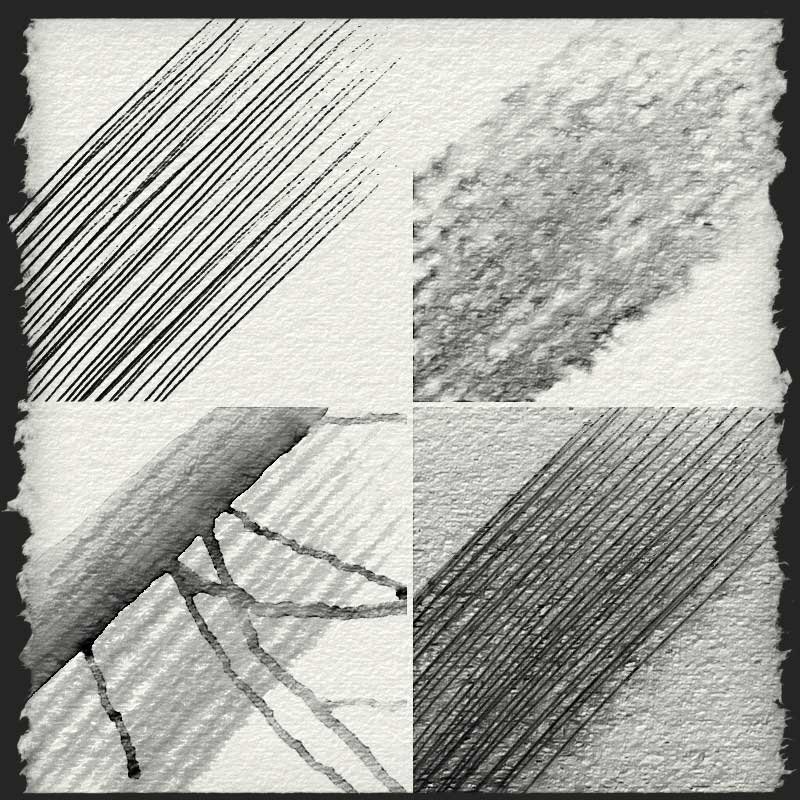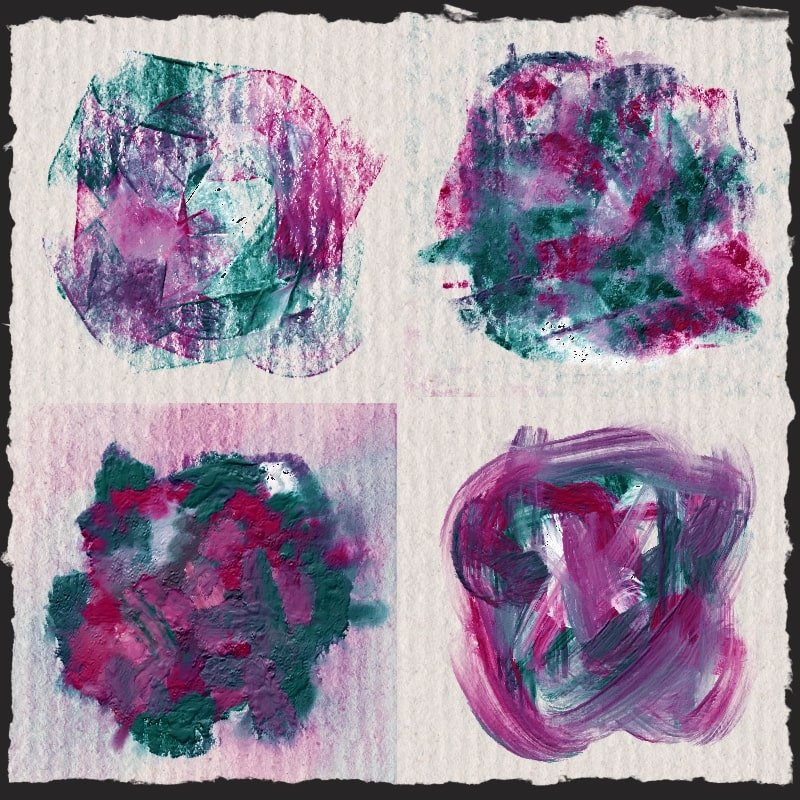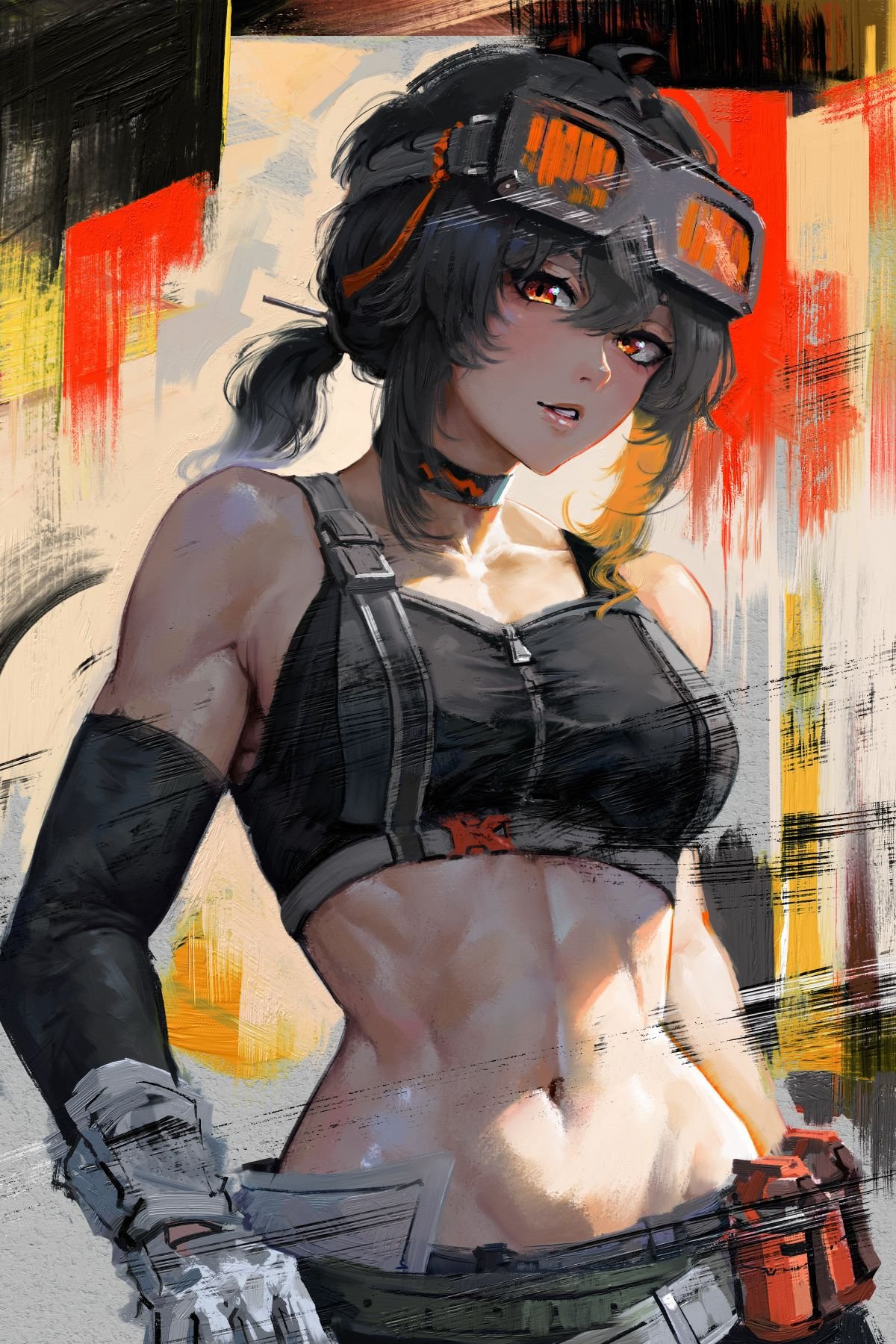Rebelle Papers, Canvases, and Other Art Surfaces offer a wide range of high-quality textures for various artistic projects. Whether you are a professional artist or just starting with painting, these sets are designed to enhance your creativity and bring your ideas to life. We thought you would appreciate some recommendations, so we asked three Rebelle Featured Artists about their favorite choices.
Blur the line between traditional and digital painting while experimenting with more than 130 ultra-realistic papers, canvases, and other art surfaces. From the standard Cold Pressed or Japanese Washi papers to a collection of linen canvases, lithography stones, or wood veneer, these extraordinary textures give you countless opportunities to experiment with different media and painting techniques. We have asked three Rebelle Featured Artists about their recommendations. Let's hear about favorite Rebelle paper sets from Karen Bonaker, Georg Ireland, and Ivan Seelnon.
Karen Bonaker Recommends
Surely, we do not have to be introducing Karen Bonaker. She has been a pioneer of digital painting education, producing courses for over two decades, recently also through her Digital Art Academy. Karen uses Rebelle daily and these are some textures she highly recommends. Cold Pressed
Cold Pressed
Watercolor is one of my favorite mediums to work with, and Rebelle makes the experience so close to the real thing. Part of painting with watercolor is to work on a substrate that enhances each stroke. Watercolor is a unique medium, and you can experiment with many different types of papers. My go-to set is the Cold-Pressed watercolor papers. They have just the right texture and absorbency to create beautiful blending and layering effects. The slight tooth of the paper allows for better control of the water and pigment, resulting in more precise and detailed paintings. Whether you prefer a rougher texture or a smoother surface, Rebelle offers a wide variety of cold-pressed watercolor papers to suit your artistic needs. Cold Pressed Dust
Cold Pressed Dust
Cold Pressed Dust paper set is one that I use often. I love the soft pastel colors, and now in Rebelle 7, I can apply new color variations to the individual papers. The texture is perfect for watercolor, either with wet or dry paper. The importance of choosing the right paper for watercolor painting is that it can affect the outcome and enhance each stroke. Choosing the right papers provides a starting point for artists to experiment and find their preferred surface texture. Washi Heavy
Washi Heavy
A Kozo paper from this set has become an essential part of my creative process. Its unique composition and delicate texture add a distinct charm to my artwork. The paper's unique texture allows me to experiment with various mediums, including watercolors, inks, and acrylics. Overall, the Kozo Paper has elevated my artistic expression and helped me push the boundaries of my creativity, especially when painting in the Japanese Sumi-e style. Note the natural fiber edges of this delicate rice paper.
Georg Ireland Recommends
If you purchased Rebelle in the past 3 years, surely, you are familiar with the portraits of Georg Ireland, as they serve as the main promotional materials. If you look at our artwork contests, you might be familiar with his landscapes. Let’s see which art surfaces help Georg the most in achieving the realistic look of his digital paintings. Exotic Rough
Exotic Rough
For my portrait drawings - be it with pencil, charcoal, or pastel - I prefer the rougher paper types. My absolute favorites are the papers in the Exotic Rough Set (Banana tree, thick Yucca fiber, and expressive Lokta), with the Banana Tree being my clear favorite for portraits and figurative work in pastel. They give the drawings interesting textures, with the paper structure sometimes creating happy accidents that give a drawing that certain something. Handmade Paper Sets
Handmade Paper Sets
Similarly to the exotic textures, handmade papers provide that unique interesting texture, which helps with happy accidents in expressing my vision. The Handmade Craft Set, Handmade Spread Set, as well as Handmade Recycled papers, are worth including in your Rebelle art surface options to choose from. Traditional Canvas
Traditional Canvas
For oils, I prefer the Traditional Canvas Set, especially CA05 Canvas. The textures give the paintings a traditional feel and look. If I want to give oil paintings a lot of texture and impasto, I often use the Gesso Paper Sets (Gesso Fine, Medium, and Rough). A little tip at the end: It is always worth playing with the slider for the texture scale at the beginning when selecting the paper or canvas. I usually find a higher scale more attractive.
A little tip at the end: It is always worth playing with the slider for the texture scale at the beginning when selecting the paper or canvas. I usually find a higher scale more attractive.
Ivan Seelnon Recommends
One of the recently chosen Rebelle Featured Artists is Ivan Seelnon. He is known for Genshin Impact's anime-esque art style, producing new artworks in Rebelle daily. He loves to experiment with different paper textures. Here are Ivan's recommendations. Gesso Sets
Gesso Sets
Gesso sets are great for just texture, without adding anything extra, meaning they will work for your painting no matter what, they will just provide an additional feel to it while staying in the background. Very safe pick. Wood Veneer Sets
Wood Veneer Sets
Wood Veneer set is a fun one to experiment with, it doesn't matter too much whether it's Exotic or Traditional, but they feel the most unique and I like to use them when I feel like going a little bit wilder or I want a cozy, home feel for a painting. Washi Long
Washi Long
Washi Long set is something safe, in contrast to wood, washi is like a cup of milk tea. It has texture but doesn't interrupt the flow, like a smooth Jazz playing in the background. I usually go for it when I want a relaxed, smooth painting with the idea of being gentle. We hope these recommendations will be helpful in find your next art surface. If you have any recommendations for other artists, let us know about in the comments below. We love hearing about your experiments with different papers, canvases, and various art surfaces.
We hope these recommendations will be helpful in find your next art surface. If you have any recommendations for other artists, let us know about in the comments below. We love hearing about your experiments with different papers, canvases, and various art surfaces.
Happy Painting,
Escape Motions Team
---
We thank Karen Bonaker, Georg Ireland, and Ivan Seelnon for their contribution to this blog post.


